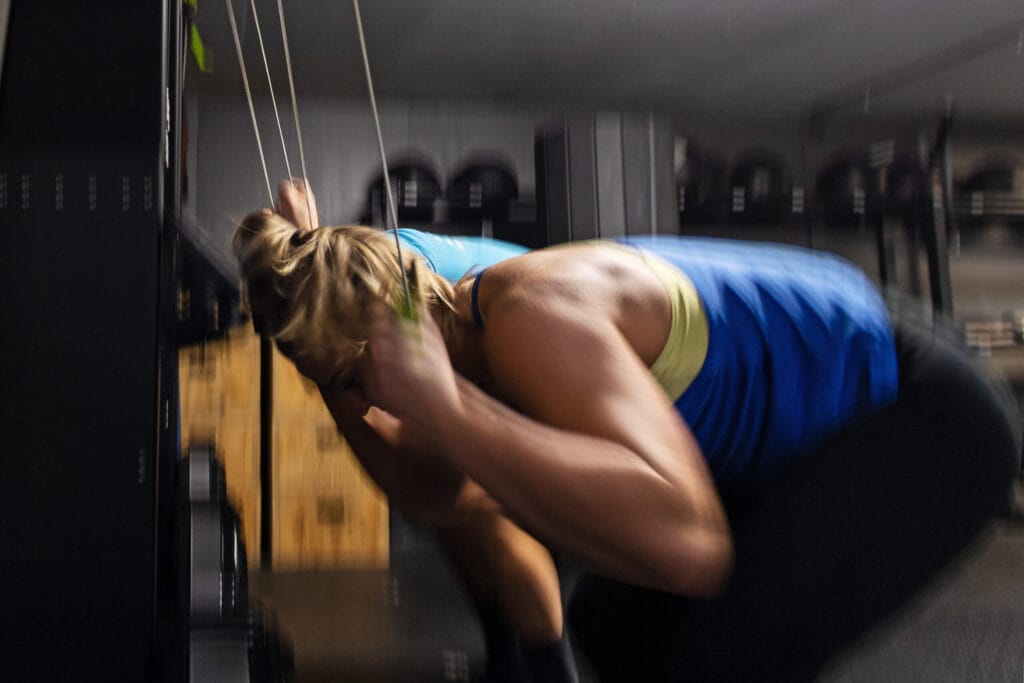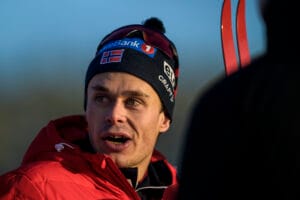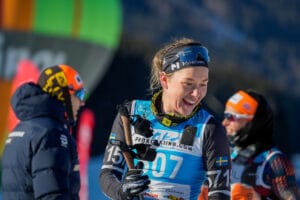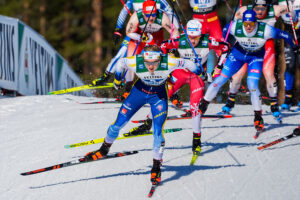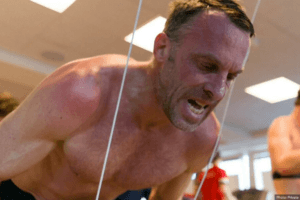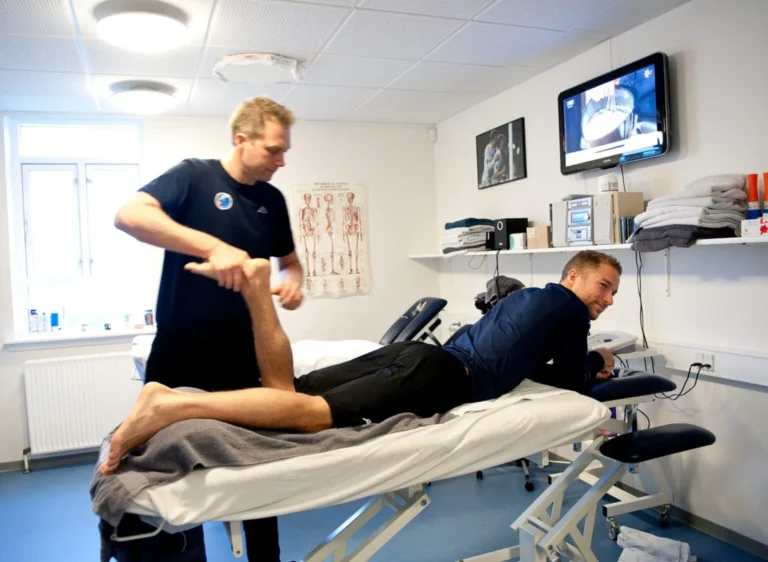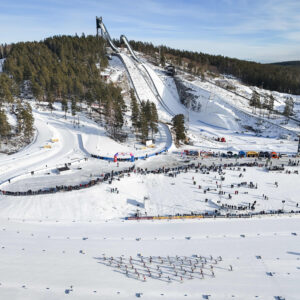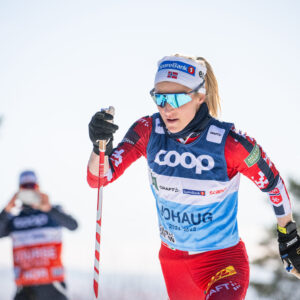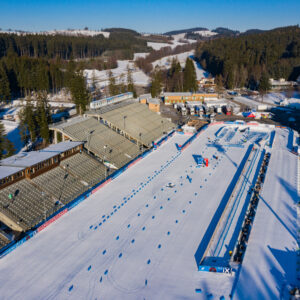Recreational skier: avoid these mistakes in your summer training
While summer is a crucial period for competitive skiers to develop their skills for the winter season, the summer training plan for a recreational skier does not necessarily have the same importance.
Nevertheless, many recreational skiers may want to improve their fitness during the summer, whether the goals are related to finishing a traditional cross-country event, a long-distance skiing race or simply improving their form.
Last week, Lasse Seppänen, who has more than 20 years of coaching experience, told how a recreational skier can train in the summer. In this article, Seppänen brings tips for planning strength training for recreational skiers, among other topics.
Read More: How can recreational skiers maximize summer training?
According to Seppänen, you shouldn’t overthink the sport in the summer; therefore, roller skiing is not a compulsory form of training for recreational skiers.
“One of the most important forms of training is running, along with that, running with poles and uphill bounding. They are good substitutes and complementary to roller skiing,” says Seppänen to Maastohiihto.com.
Another important form of training is strength training. For May-June, Seppänen recommends a strength period of about five weeks, during which the focus is mainly on developing maximum strength. In the fall, he recommends making another similar one. In winter, the aim is to refine the acquired power into speed.
However, Seppänen points out that everyone doesn’t need to include two strength periods in the training program.
“Strength training doesn’t necessarily take skiing to another level; then you should focus more on sport-specific training and developing muscle endurance.”
Seppänen recommends a strength test to map your strength characteristics, which can be used to assess the usefulness of strength training individually.
A recreational skier can also try power exercises
Recreational skiers who need new stimuli in addition to basic endurance can try including different intensity exercises in the summer program. However, Seppänen also reminds more experienced skiers that there is no need to rush with intensive training in June-July. The endurance base must first be at a good level.
In his coaching work, Seppänen prefers high-intensity intervals lasting from five to eight minutes.
The first interval starts below the aerobic threshold and is raised slightly above the aerobic threshold at the end. The second interval begins from the aerobic threshold and rises to the speed endurance area. This trend is taken up to the anaerobic threshold.
“One important point in terms of metabolism is to make sure that you start moving easily enough at the beginning of the exercise. Secondly, ensuring you can perform the exercise technically well is important.”
“For example, when running, it is easy to control speed, body, and stride frequency in the first interval. When the pace increases, we should maintain good control over technique and execution.”
Power exercises are only helpful if easy basic endurance sessions are included in the summer training. According to Seppänen, the biggest mistake you can make during the summer is also related to this topic.
“When the weather is nice, the conditions are nice, and the feeling is good, we often make the mistake of getting excited to train a little too hard. You must patiently believe that even low-speed training is helping your development. It doesn’t make sense that going slower can help go faster, but that’s how the body works.”
Are you interested in traditional and long-distance skiing training? Click here and read more.
